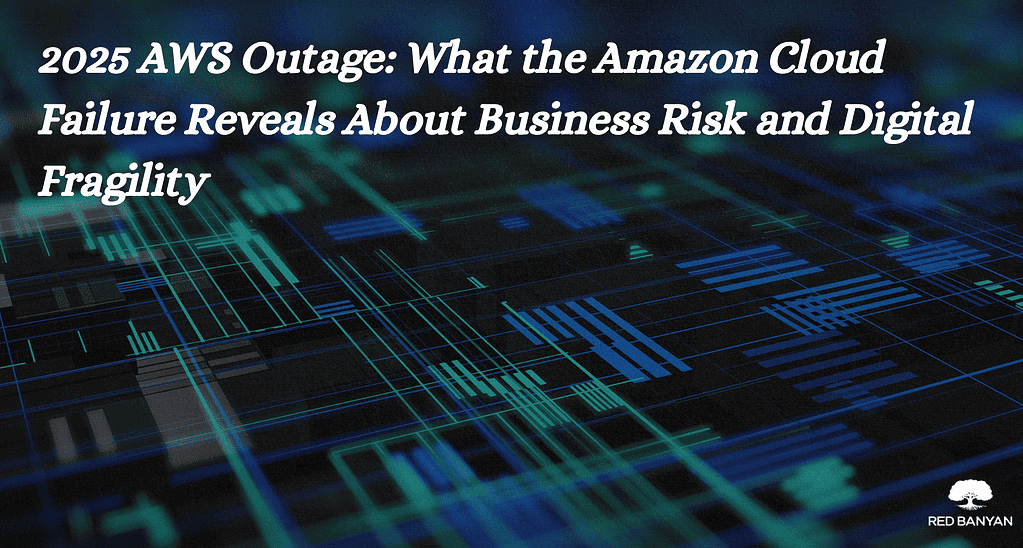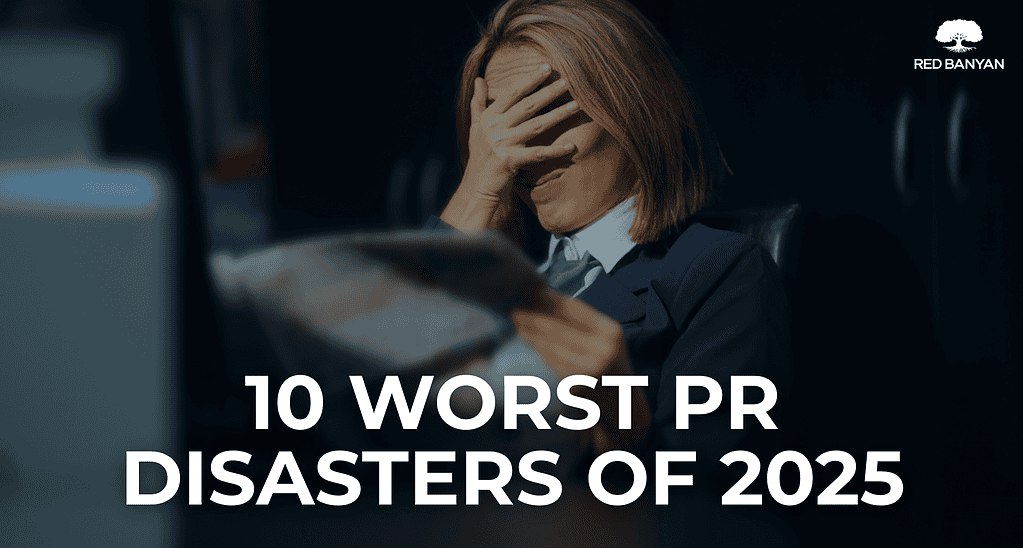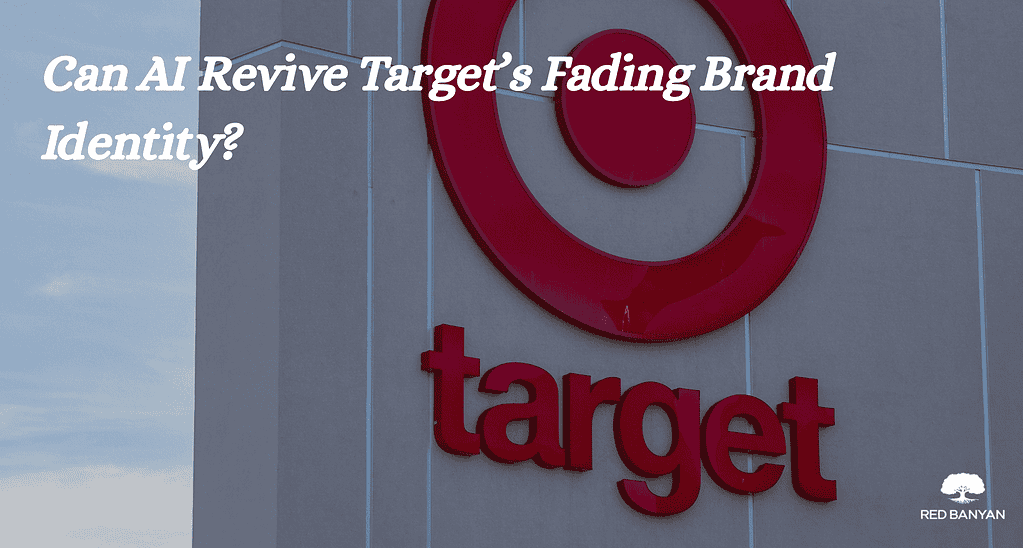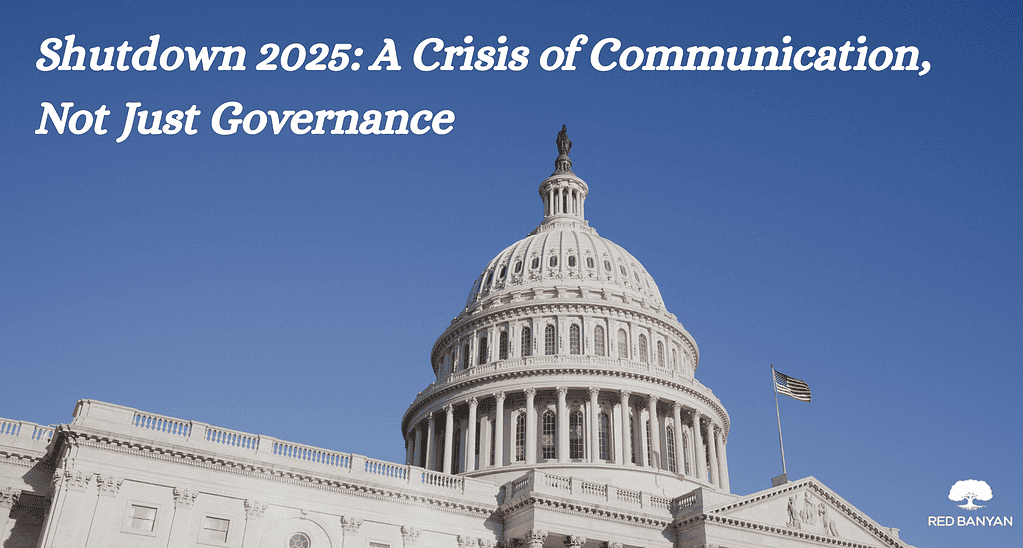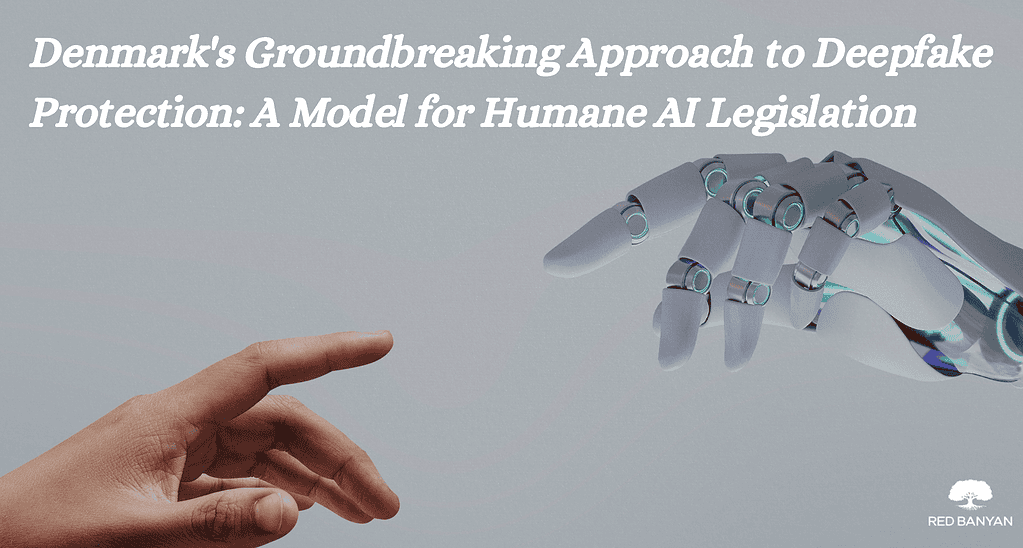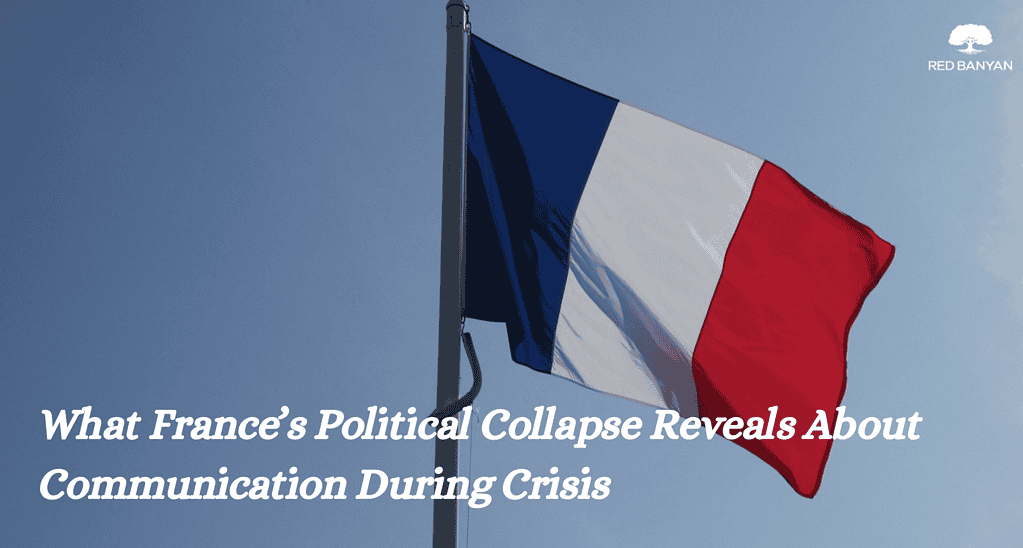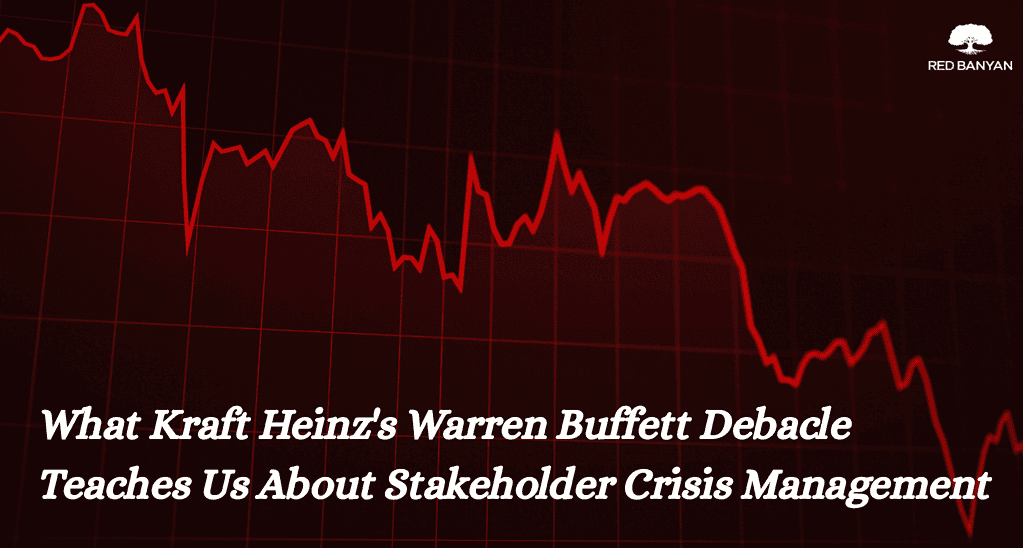A Digital Breakdown with Global Consequences
On Monday, October 20, the internet experienced a digital disruption on a massive scale. A 15-hour outage at Amazon Web Services (AWS) halted operations across more than 1,000 companies and affected over 100 million users. The AWS outage of 2025 was not just a technical incident, it was a defining moment in the ongoing conversation about cloud infrastructure failure and the business risks of over-reliance on centralized systems.
One Glitch, Billions in Damages
The outage originated in AWS’s US-East-1 data center in Virginia, triggered by a DNS malfunction that led to cascading database errors. The impact rippled globally. Delta Air Lines, Venmo, Duolingo, Snapchat, and educational platforms like Canvas were all hit. Business services ground to a halt. User access was lost. Experts predict the financial damage could exceed $100 billion.
This level of technology dependency makes it clear: cloud service provider issues are not just IT problems, they are full-blown operational and reputational threats.
When Communications Fail, Trust Disappears
While the technical failure itself was critical, what magnified the damage was poor digital crisis response. Many companies failed to issue timely updates or provide clarity to their customers. The result was frustration, misinformation, and long-lasting reputational damage.
In an age of instant communication, silence is dangerous. Consumers don’t care whose infrastructure failed, they hold brands accountable when service is interrupted.
The Illusion of Cloud Security
AWS is considered one of the most secure and scalable platforms available, but the Amazon Web Services downtime proved no system is immune. Businesses have adopted cloud computing for flexibility and cost-efficiency, but few have implemented real redundancy. Without secondary or tertiary systems in place, even short service interruptions can cause irreversible damage.
The lesson here is urgent: relying on a single data center or provider for business-critical operations is an invitation to disaster. A proper IT disaster recovery plan must account for cloud infrastructure failure and include actionable steps for restoring operations.
What Every Business Should Be Doing Now
The outage laid bare how fragile digital systems have become. Every executive team should now be asking: Are we prepared for the next AWS-level outage?
To ensure business continuity and mitigate reputational risk, organizations must:
- Audit their infrastructure for single points of failure and high-risk cloud service dependencies.
- Build in redundancy by implementing secondary and tertiary providers.
- Develop a crisis communication strategy tailored to technology disruptions.
- Train leadership teams for media and internal communications during digital service interruptions.
- Run simulations of cloud outages to test and refine digital crisis response
These steps are no longer optional. They are essential components of business continuity planning and brand protection.
Cloud Reliance Shouldn’t Mean Vulnerability
It’s time for organizations to face reality: even the most sophisticated platforms can experience catastrophic failure. Reputational fallout doesn’t depend on fault, it depends on perception and response. When users lose access to services, they hold the company they interact with responsible.
Managing brand reputation during system failures requires speed, transparency, and coordination across teams. The role of PR in IT disaster response is now front and center.
The 2025 AWS outage wasn’t just a breakdown in technology, it was a stress test for companies around the world. Some passed. Many didn’t.
Those that had a plan, a voice, and a contingency came through intact. The rest saw their reputations tarnished, their operations disrupted, and their customers losing confidence.
In the modern digital landscape, infrastructure vulnerability is reputational vulnerability. Only those who take proactive steps now, by improving crisis communication, enhancing infrastructure resilience, and embracing redundancy, will survive the next digital blackout.
In a world where reputations can rise or fall in minutes, crisis PR firms like Red Banyan provide the strategic guidance and real-time support organizations need to protect their brand when the unexpected hits.

